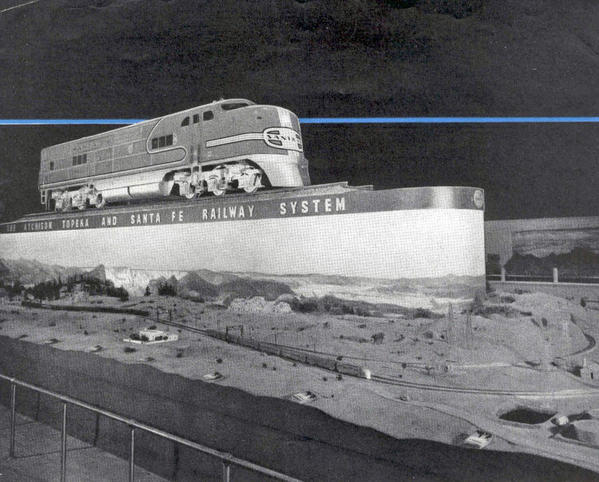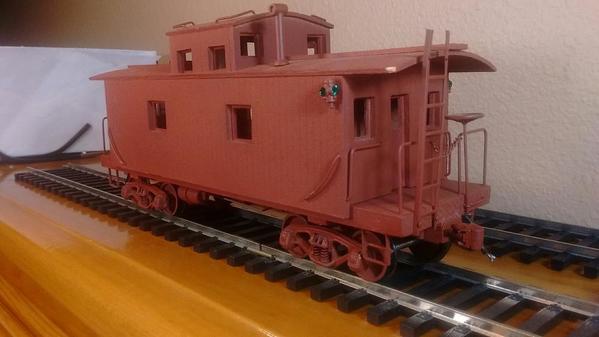A gauge of 1-3/16" for O scale equipment, is, as you say, "very close" to the correct gauge for 1/4" = 1'0" (1.187" vs. 1.177"), but it is still not as close as if one were to use 17/64 scale equipment on traditional O-gauge track (1-1/4"). I agree that Q gauge had nothing directly to do with 17/64 scale models. However, Q gauge and 17/64 were two different approaches to the same problem: The fact that 1-1/4" track gauge is too wide for 1:48 models. In the case of Q gauge, the track gauge was reduced somewhat in order to be closer to correct 1:48 proportion, whereas in 17/64, the models were increased in size in order to make the existing O-gauge track an accurate representation of the full-scale railroad.
The irony of Q gauge, it seems to me, is that its proponents got hung up on simple fractions (1-3/16"), whereas it would have been just as easy to make gages for laying track and checking wheels that were "correct" (in terms of 1/1000s of an inch) as to make gages based on the "simplicity" of 1-3/16". If you use a gage to lay track, then it doesn't matter whether the gage itself reflects an easy fraction, like 1-3/16" -- its a "go/no go" proposition that doesn't involve actual measurements in the "field" (so to speak).











